Drying leather
Contents
The drying of leather in the tannery
In the tannery, the leather is dried a maximum of two times between the many process stages. Drying is achieved by various methods: by hanging, drying tunnels, drying machines, high-frequency drying, drying in the sun and many more.
Which process is selected is determined by the different parameters that must be taken into account. The time factor plays an important role. However, shorter drying times are associated with higher energy costs. Leather is mostly sold by surface size. Therefore, it is necessary to consider how the type of drying changes the size of the surface. The type of drying also affects the smoothness of the leather.
Mechanical dewatering - samming
To flush water out of dripping, freshly tanned hides, the hides are squeezed through two metal cylinders (felted rollers) to dewater them. It is comparable to wringing out washing before hanging it out to dry. In this step, the water content is reduced by about 35 to 50%. Special roll-presses are used for this purpose. The rolls are covered with felt in order to prevent the formation of folds during the passage of the leather. This step saves time and energy before complete drying.
Air-dried hides or skins - ground drying - frame drying
Drying hides by exposing the flesh side to mild rays of the sun is a cheaper method but one that takes substantially longer to dry. The hides can just be put on the floor or they can be tensioned by lacing them into a square wooden frame. Stretched hides maintain more surface and shrink less during the drying process when placed in drying frames.
This method has been implemented for centuries by ancient cultures, for example the indigenous people of North America stretched leather for drying and processing. During this process, holes were punched in the outer edge of the leather and ropes were woven through.
Leather stretched in drying frames.
Drying by hanging
The leather is dried as smoothly as possible by hanging on hooks or over bars at normal room temperature and increased air movement, if possible. Depending on the type of leather, this can take up to several weeks. It is a suitable method for thin and soft leathers. The deformation of the leather is higher, because it is not hindered.
Drying by hanging in the tannery (1st photo by LEATHER NATURALLY).
Hot air drying - Drying tunnels
To dry hides, the wet leather is streched on a toggle frame using toggle clips. These frames move through drying tunnels with hot-air circulating. The leather dries in 8 to 10 hours at 50 - 60°C in the drying tunnel. The drying of the leather skins on a toggle frame makes the grain smoother due to the tension, the leather becomes thinner and somewhat firmer and the surface is stretched larger.
Stretching the hides with toggle clips on perforated metal before drying the leather.
Vacuum drying
Vacuum drying is based on the physical principle that water evaporates at low pressure at low temperature. In the vacuum dryers, leather is placed with the grain side on heated polished metal surfaces and then the water vapour is sucked out of the vacuum chamber. This process has the advantage that the liquid flow goes through the flesh side and draws possible greases from the grain side into the inner zone. The manual work involved is not excessive, as the hides are placed onto the metal plate without clamps or adhesives and the drying time is very short.
Vacuum dryer in the tannery.
Compared to drying in frames in the drying tunnel, the leather remains very smooth and flat during vacuum drying with the grain side on the metal plates. Another method of smoothing the grain side is by ironing leather. When leather is left to dry by stretching it in frames, the grain is stretched and the pores are more open. Therefore, frame-dried leather will never be as smooth as vacuum-dried leather. Frame drying is the right choice if the natural grain optic needs to be strengthened.
Glass drying
The glass drying process offers the advantage of a smooth leather surface. Grain side of moist leather is glued to glass plates. This ensures that the leather cannot warp or shrink during drying. These glass panels, with wet leathers on both sides, are introduced into the drying tunnel under controlled temperature and air circulation, and are almost completely dry in a few hours. The importance of this method lies in the short drying time and the smooth leather surface it gives. The drying method is only suitable for certain types of leather.
High frequency drying
One method of reducing the water content of the leather to a desired level is provided by high-frequency drying. After dewatering by pressing, humid leather is brought into an electric field of high frequencies by a belt conveyor system. The energy density in the humid, conductive areas ensures internal heating and evaporation of the water. This type of drying is only used to a limited extent in the leather industry.
Video about leather production
The leather production in a modern tannery.
| Process steps in the leather production |
|---|
| Storage - soaking - liming - fleshing - splitting - pickling - tanning - neutralising - withering - sorting - shaving - dyeing - fatliquoring - retanning - drying - finish - softening - final check |
| Tanning methods |
|---|
| Chrome tanning - Vegetable-tanned leather - Synthetic tanning - Tanning with fats and oils |







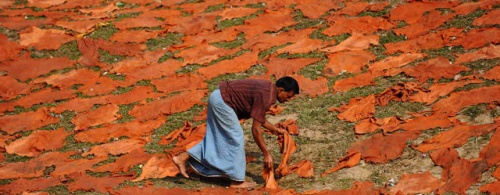
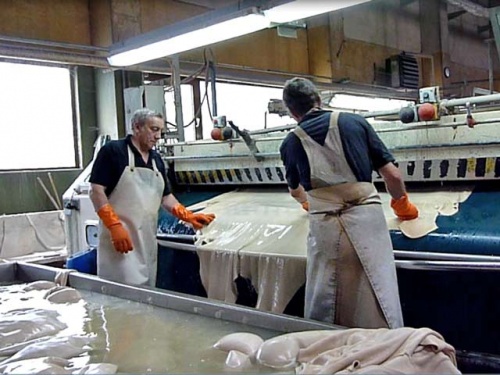
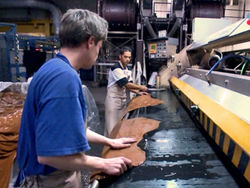
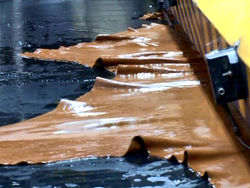
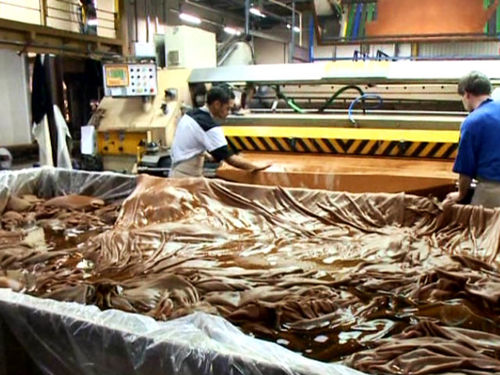
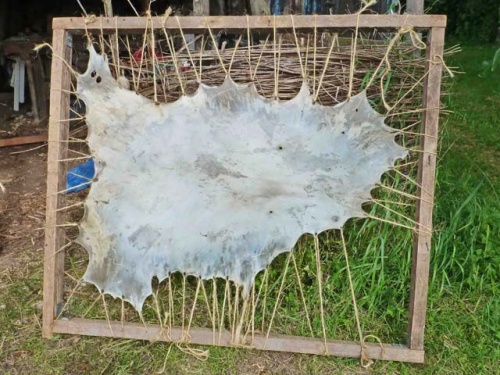
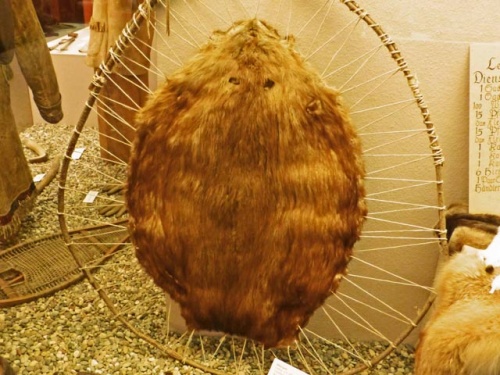
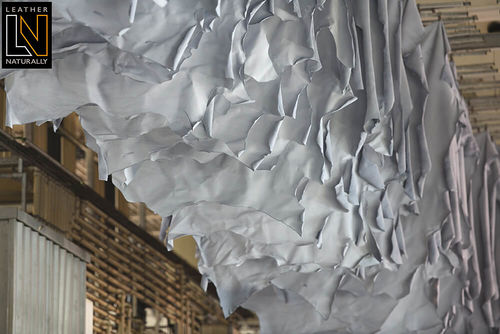
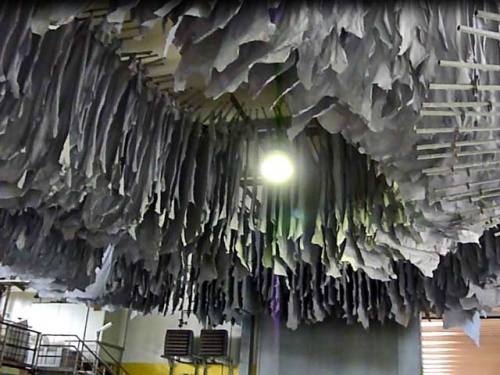
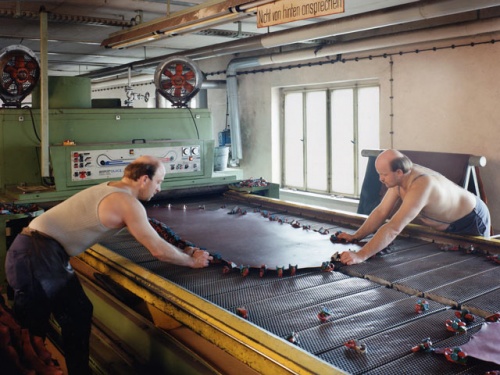
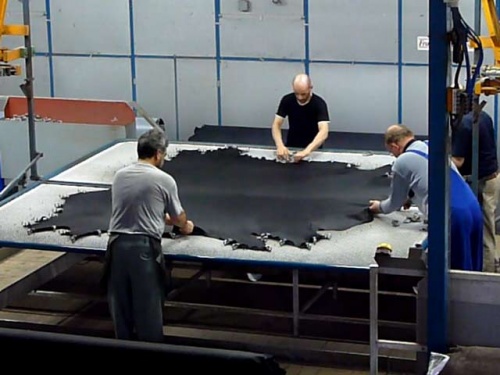
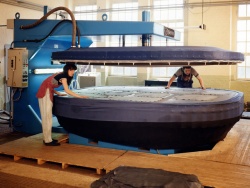
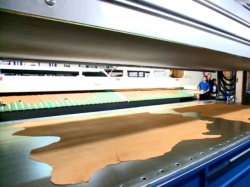
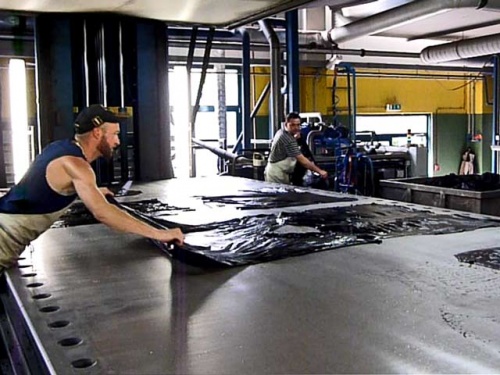
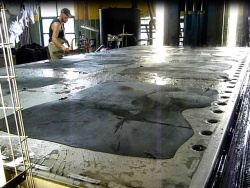
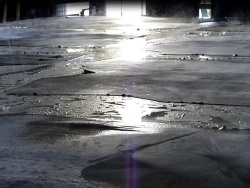

 a kotori web solution
a kotori web solution